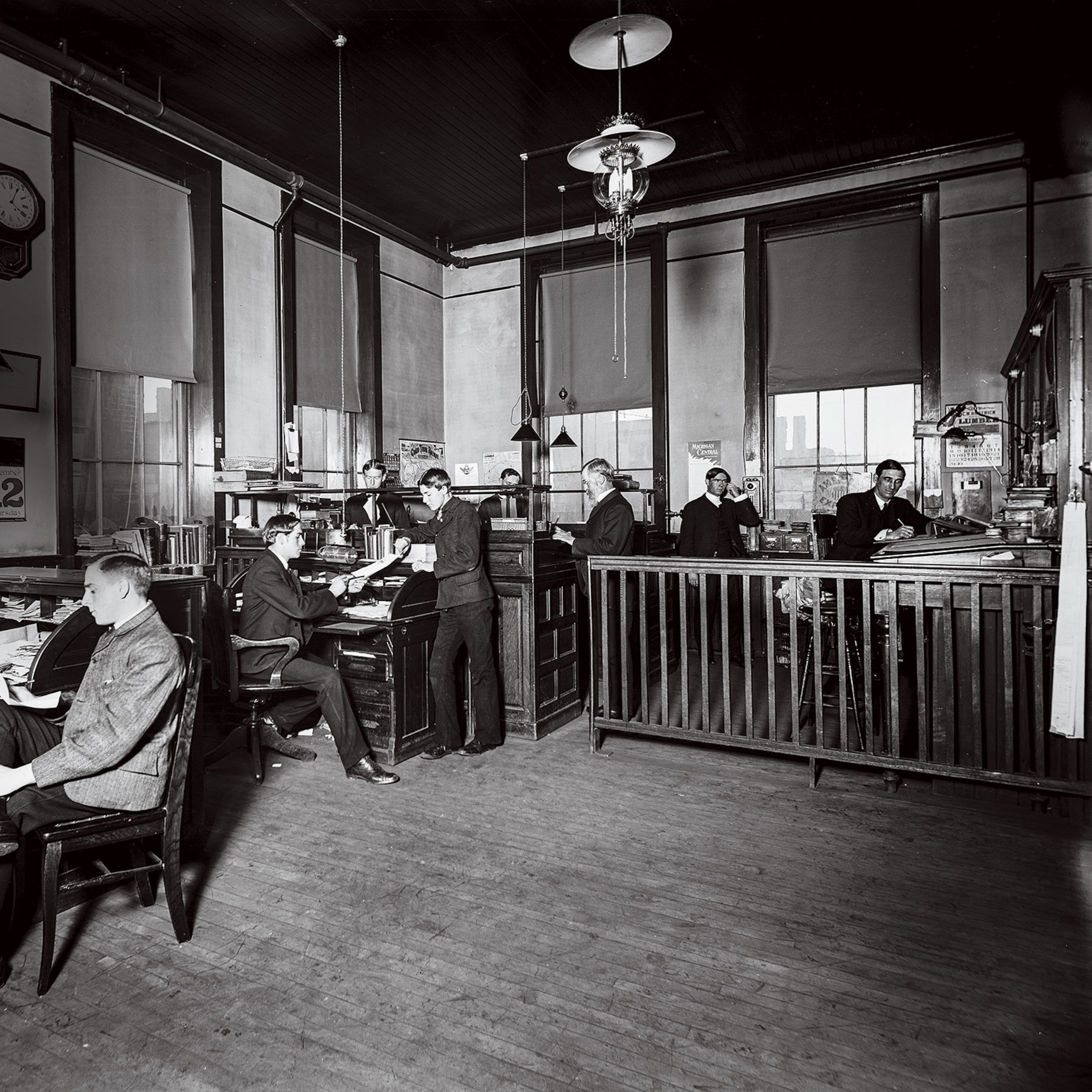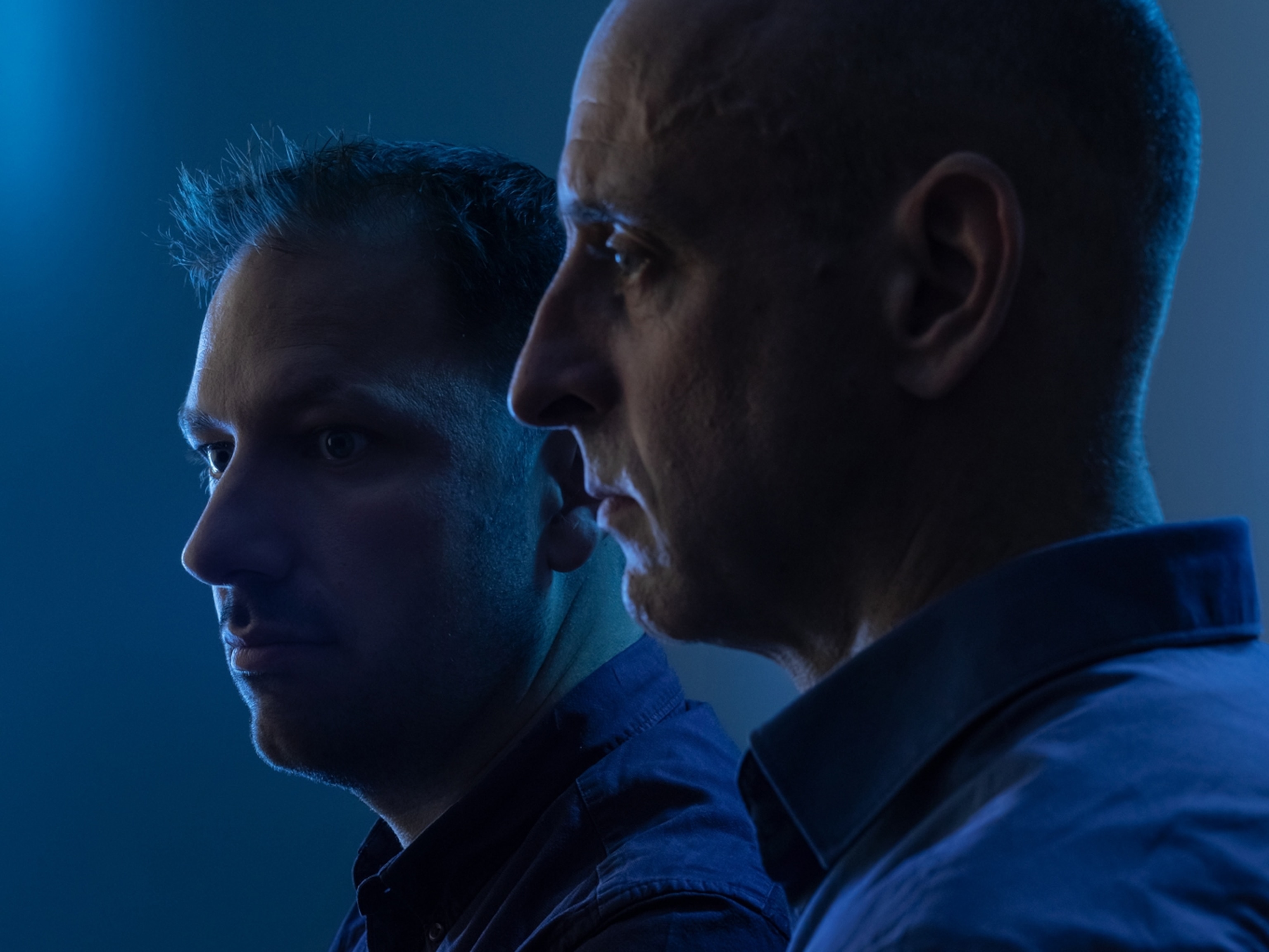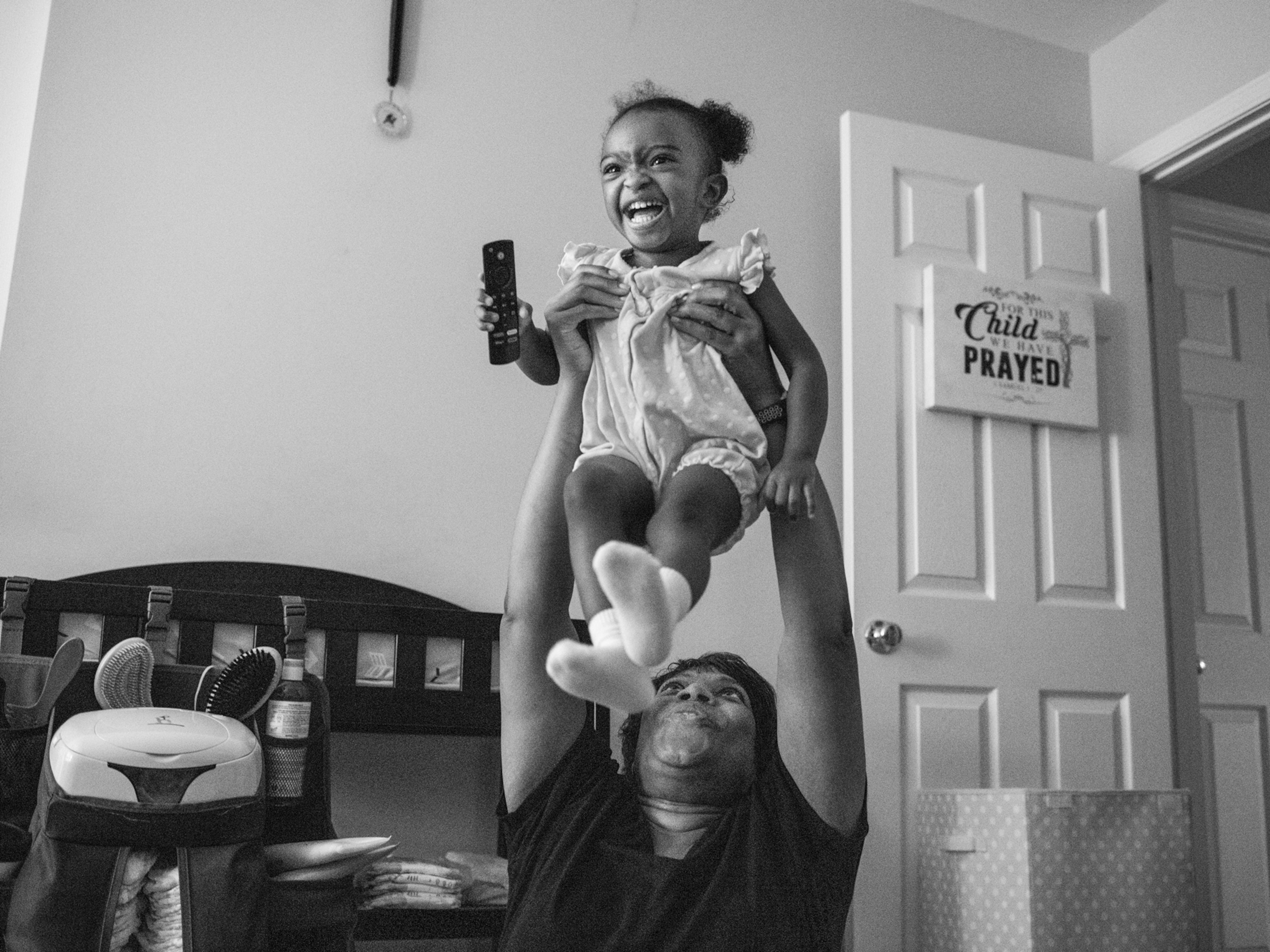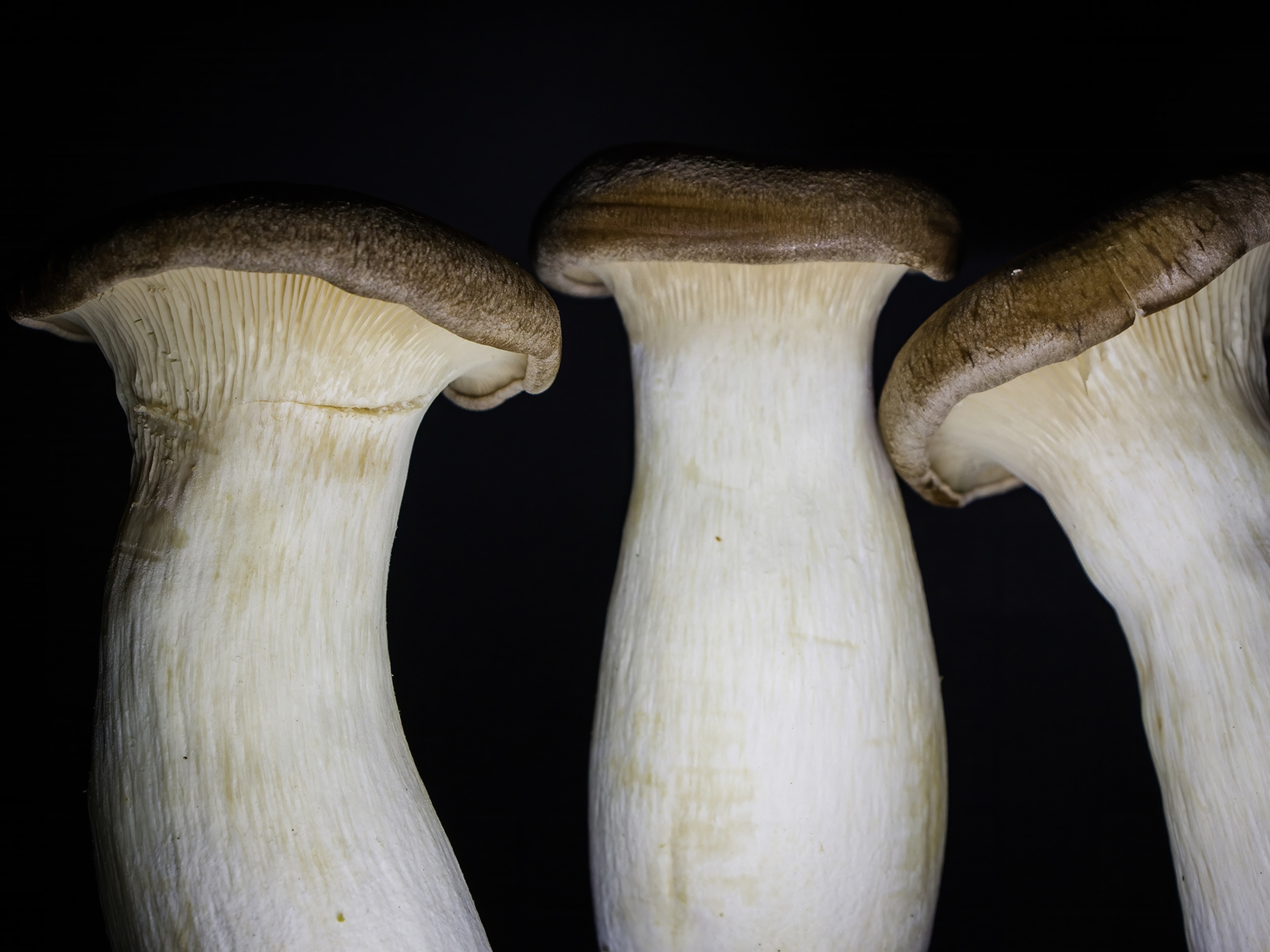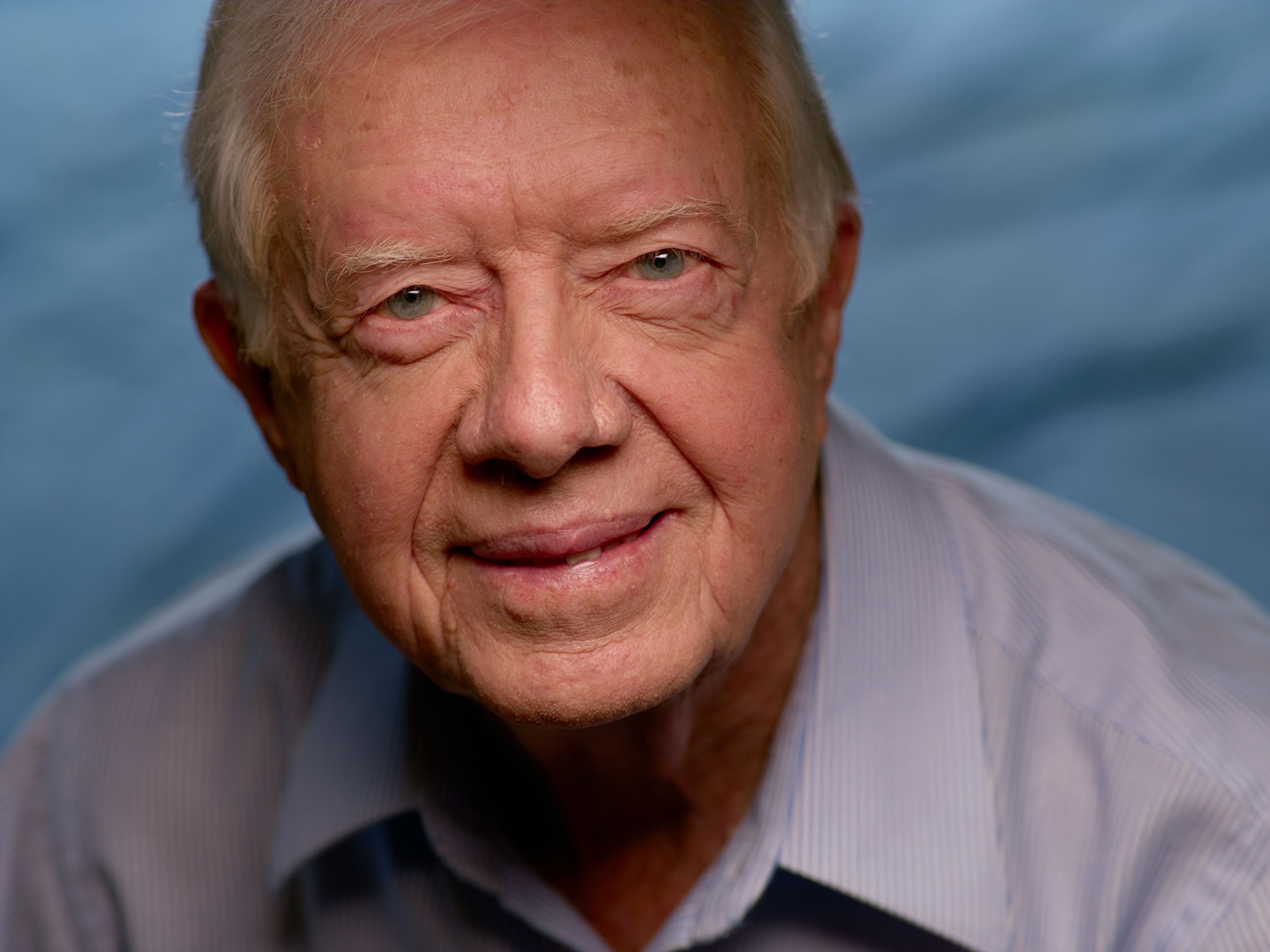
How Queen Elizabeth embraced new technologies during her reign
Television, space exploration, and even Zoom—the British monarch was an eager advocate for these advancements and more over her 70-year rule.
In the late 1990s, the world fell in love with email. The world was a little late: Queen Elizabeth II had been sending email for decades. In 1976, just years after email was developed as a way for academics to send messages within universities, the queen sent her first email at an event celebrating the arrival of an early internet network in England—and beat most of the rest of the world to the punch by two decades.
It was only fitting: During her nine decades of life, seven of which she spent on the throne, the queen saw enormous technological, social, and scientific change. As the longest-reigning British monarch, she became the beloved head of state for an empire in flux. And during her long lifetime, she proved a staunch supporter of science and technology.
A young Elizabeth’s early interest in technology
Born in 1926, Princess Elizabeth Alexandra Mary was not originally destined for the throne. That changed in 1936, when her paternal uncle Edward VIII abdicated and her father, George VI, took his place as king. Suddenly, the 10-year-old was heiress presumptive. (Why Elizabeth II was modern Britain's most unlikely queen.)
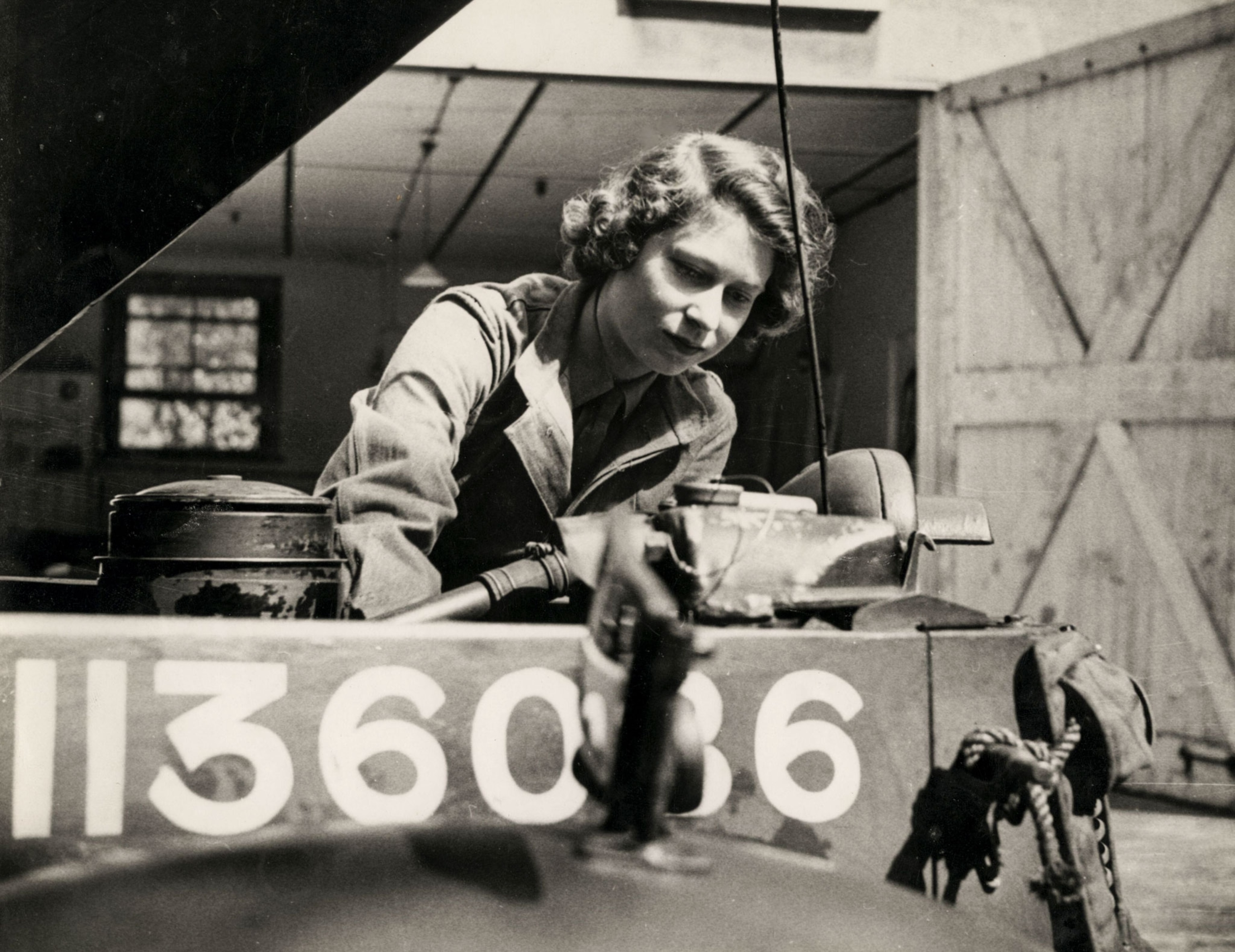
Elizabeth’s royal duties didn’t deter her from a budding interest in technology. During World War II, the princess lobbied her father to allow her to serve her country. He finally agreed to let her volunteer in the Women’s Auxiliary Territorial Service, the women’s branch of the British Army, where she became a driver and trained in auto mechanics. It was a pioneering move: Not only was she the first member of her family ever to serve in the military, but the sight of a woman taking apart engines and changing tires signaled a sea change in social and gender roles that would continue throughout the future queen’s lifetime.
In 1952, Elizabeth ascended to the throne upon her father’s death. Now a wife and mother, Elizabeth chose to reign under her own first name. It connected her to Elizabeth I, whose Renaissance-era reign is now considered a golden age of technology and science.
Her own reign was modern from the very start. The new queen’s birth had roughly coincided with the development of television, and during planning for her coronation she broke with tradition and allowed the BBC to broadcast the event over live TV. It was the first coronation ever televised, and it literally created must-see TV. More than 20 million people worldwide watched the broadcast, which is credited with catapulting TV into the mainstream. (See rare photos of Queen Elizabeth II from National Geographic's archives.)
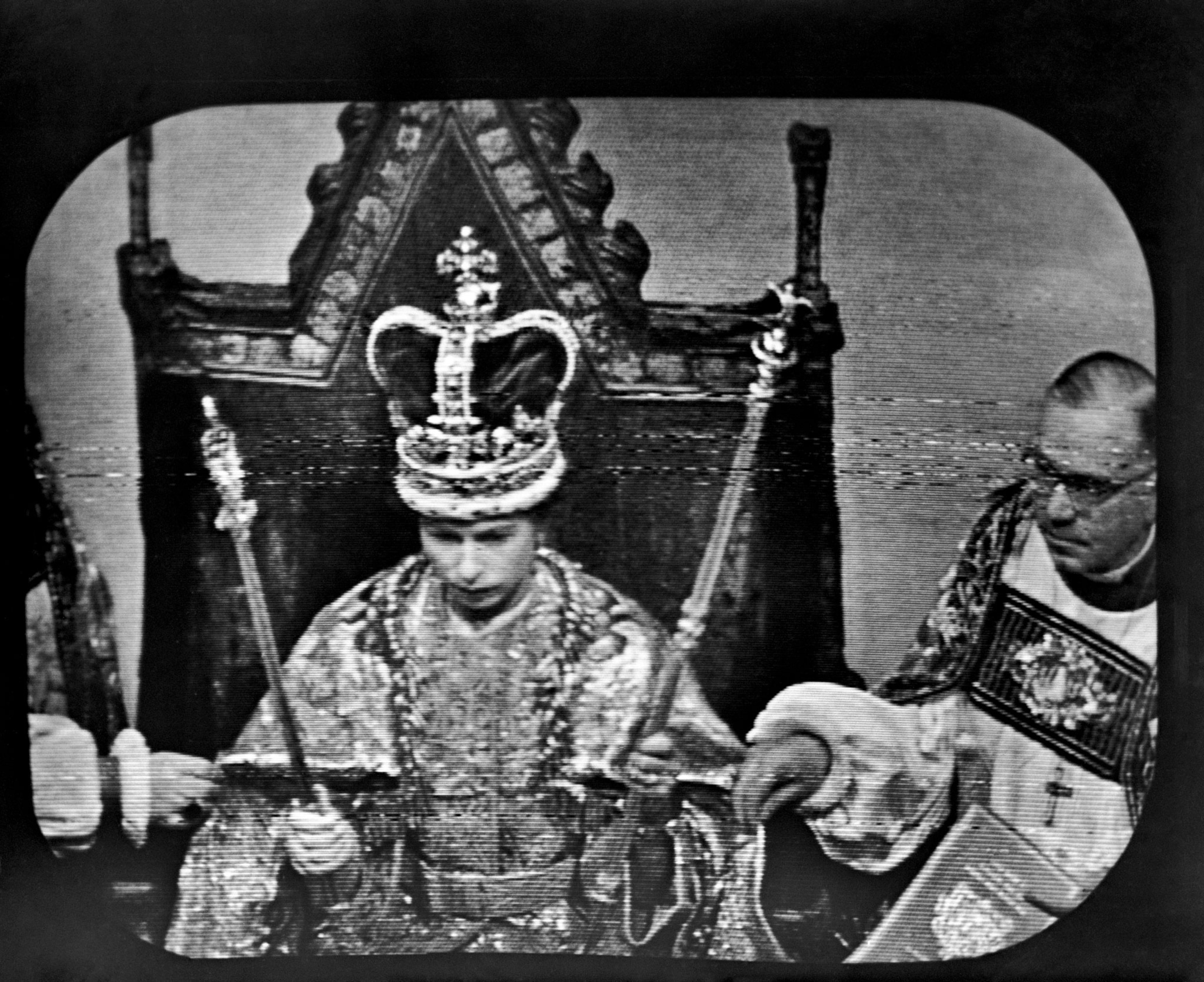
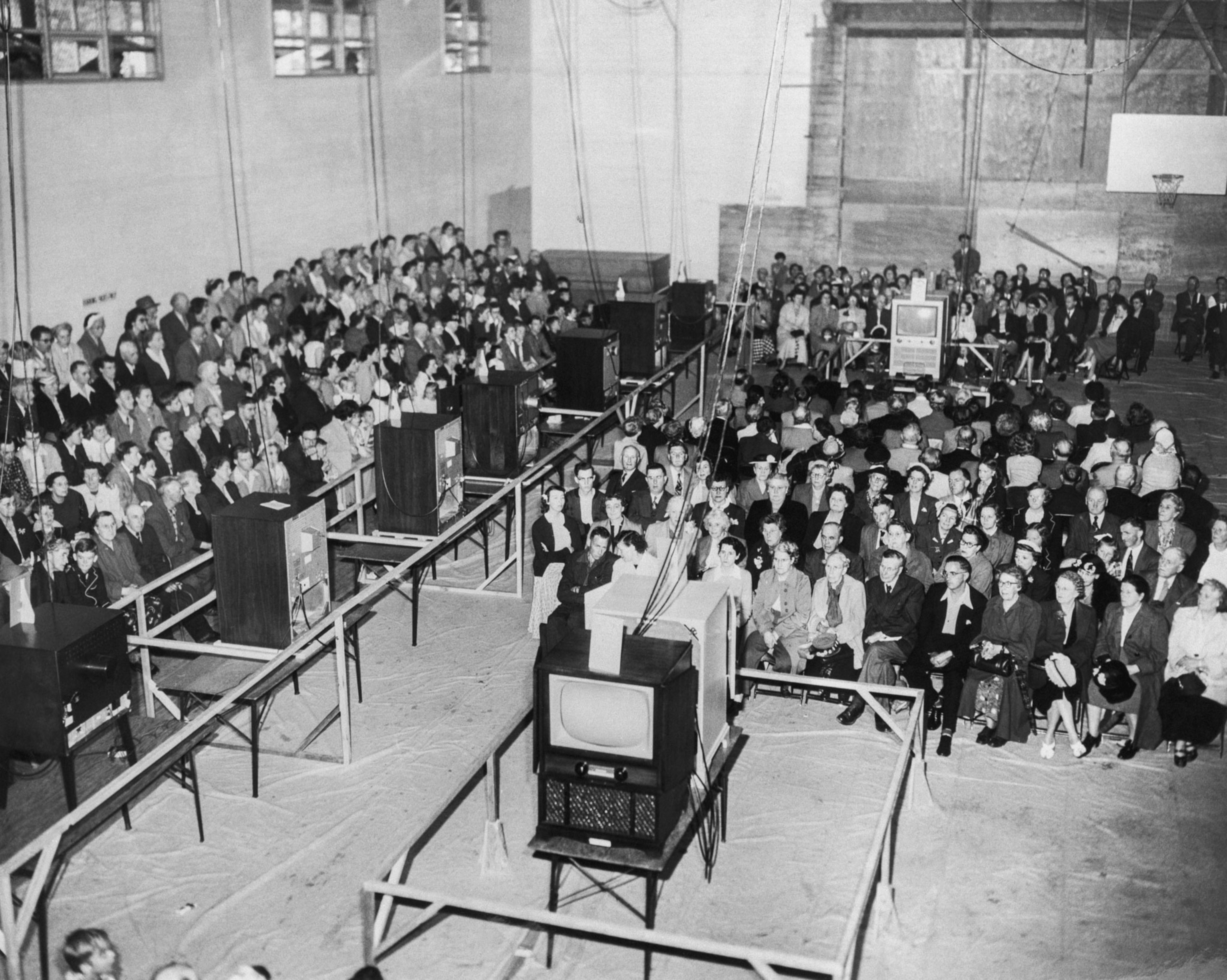
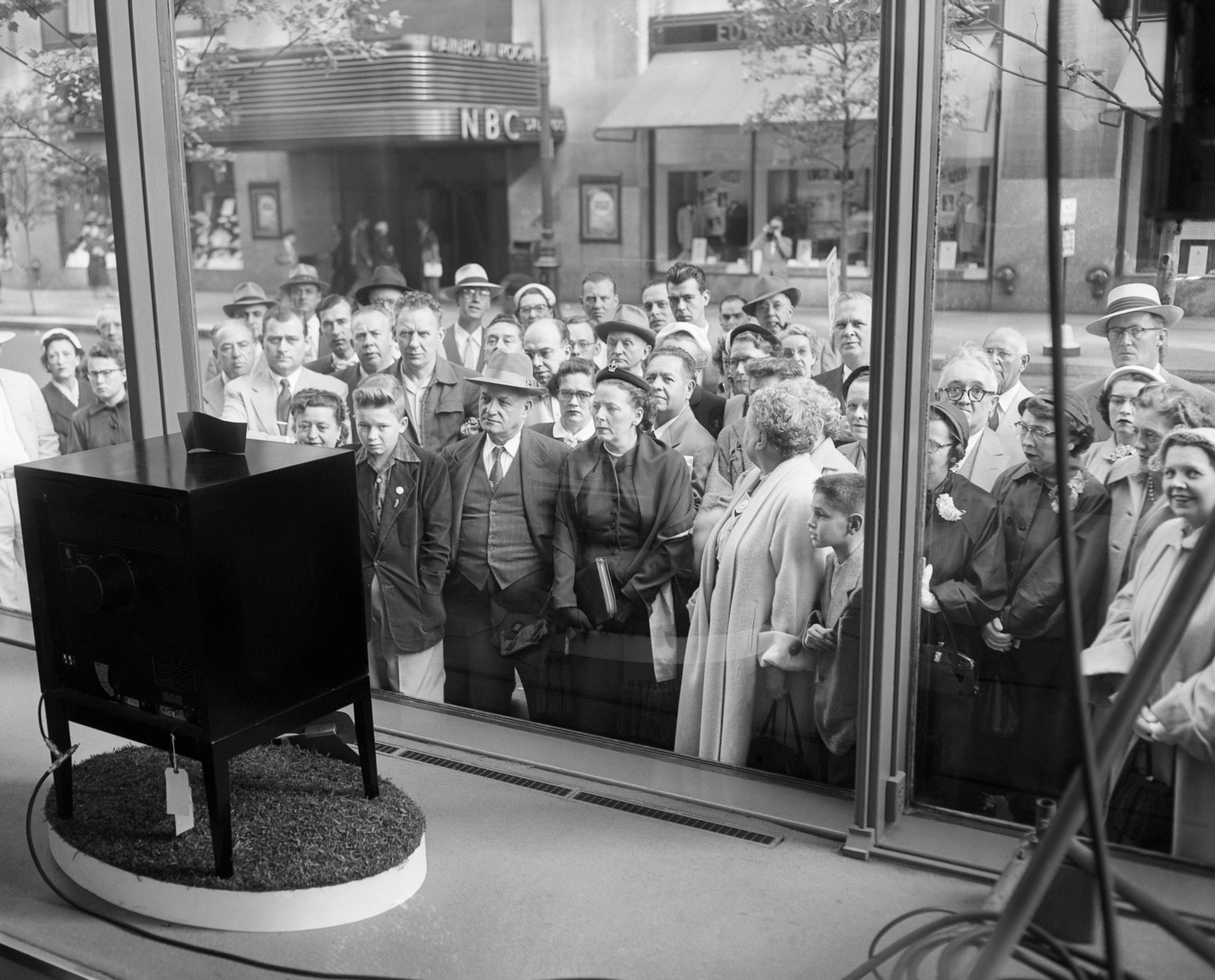
Reigning over the atomic age
Other new technologies influenced Elizabeth’s reign. She came to power as the atomic age kicked into full swing, influencing geopolitics and stimulating scientific advancement. Nuclear fears pushed the world into an increasingly chilly Cold War, and the U.K. tested its own atomic weapons during the 1950s. The U.K. allied itself with the United States, gaining a reputation as “America’s ‘unsinkable aircraft carrier’” for hosting U.S. nuclear weapons.
Elizabeth helped introduce the nation to these nuclear advances. In 1956, she opened the world’s first full-scale nuclear power station, Calder Hall, flipping the switch to applause from onlookers. But the technology came with risk: The next year, a reactor at a nearby nuclear power plant, Windscale, caught fire. It was Great Britain’s worst nuclear disaster.
Meanwhile, worried about the possibility of a nuclear attack, the British government developed a plan for the queen to escape to a floating bunker in the Scottish lochs. (The evacuation plan was recently resuscitated and revised amid fears that a potential no-deal Brexit could trigger riots.) If Britain were ever attacked, the queen also planned to give a doomsday address preparing the nation for World War III. Decades after the Cold War began, Elizabeth was credited with playing a “powerful” role in its end when she welcomed Soviet president Mikhail Gorbachev to Windsor Palace in 1991.
A legacy of support for science
The monarch also brushed shoulders with titans of science and technology. She met Soviet cosmonauts Yuri Gagarin and Valentina Tereshkova, and recorded a goodwill message that was left on the moon by the Apollo 11 astronauts, whom she met in 1969. She also recognized hundreds of influential scientists, naming primatologist Jane Goodall a Dame Commander of the British Empire and DNA pioneer James D. Watson a Knight of the British Empire.
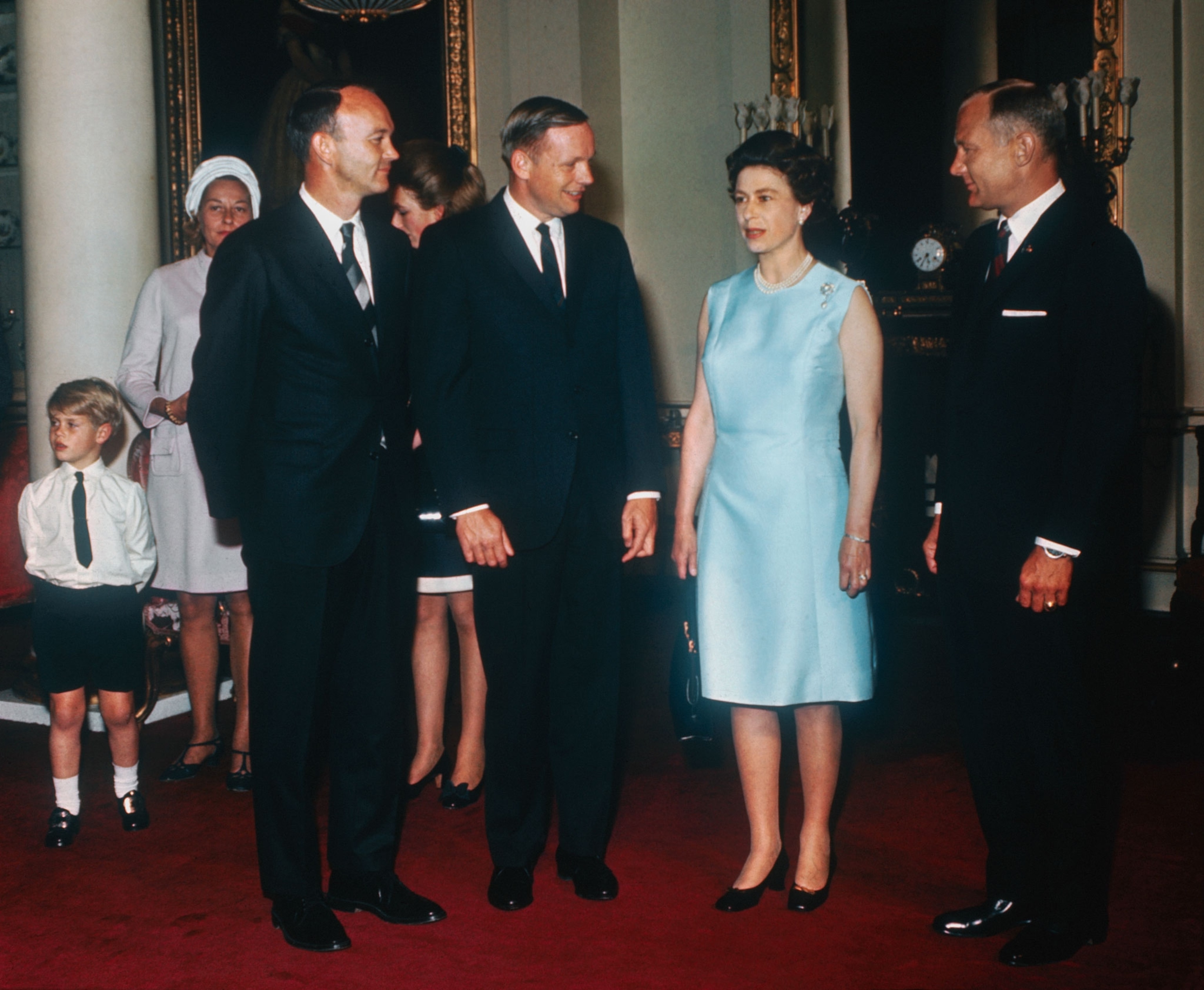
During her tenure, however, the British Empire came to an end as the U.K.’s many colonies won their independence and formed a loose coalition known as the Commonwealth of Nations. Although Elizabeth II was criticized for profiting from colonialism and doing too little to acknowledge, or make reparations for, its brutal legacy, her royal patronage extended to nonprofits throughout the British Commonwealth, many focused on medical or scientific research. (How the Commonwealth arose from a crumbling British Empire.)
The queen was keen on technology too, launching live broadcasts of royal addresses, permitting royal use of the internet, and being one of the first people to ride through the Channel Tunnel, or the Chunnel, the undersea railway linking Britain to the rest of Europe. Elizabeth delivered one of her traditional Christmas Day messages in 3D, and even used Instagram to share a photo of a letter computer pioneer Charles Babbage sent to her great-great-grandfather in 1843.

In more recent years, she embraced an environmentally friendly message, giving her blessing to an initiative that encourages forest conservation all over the Commonwealth and even tackling plastic use on royal estates after working with David Attenborough—the British naturalist whom she knighted twice—on a documentary about her forests. (See Queen Elizabeth's record-breaking reign in 15 pictures.)
The death of the U.K.’s most durable leader is the end of an Elizabethan epoch in the United Kingdom, over which she reigned for 70 years and 127 days. But in reality, the queen’s rule spanned multiple eras, bridging old with new and pushing the monarchy—whose continued existence has long been hotly contested within the U.K.—into a future that would have seemed inconceivable at the beginning of her reign.
The monarchy she represented may be 1,500 years old, but the most recent Elizabethan era will be remembered as one of enormous technological, social, and scientific progress.

